What do the Different Materials Impact?
When directly compared, both rubber pads and mesh drum heads feature contrasting characteristics in a number of areas. They mainly differ when it comes to rebound, attack and response, with their own noticeably unique feel when compared to an acoustic kit. You may have a kit with all rubber pads, all mesh heads, or rubber pads for your toms/kick and a mesh head for your snare etc. It all depends on the price of the kit.
Here are the main pros and cons of both:
Rubber Pads
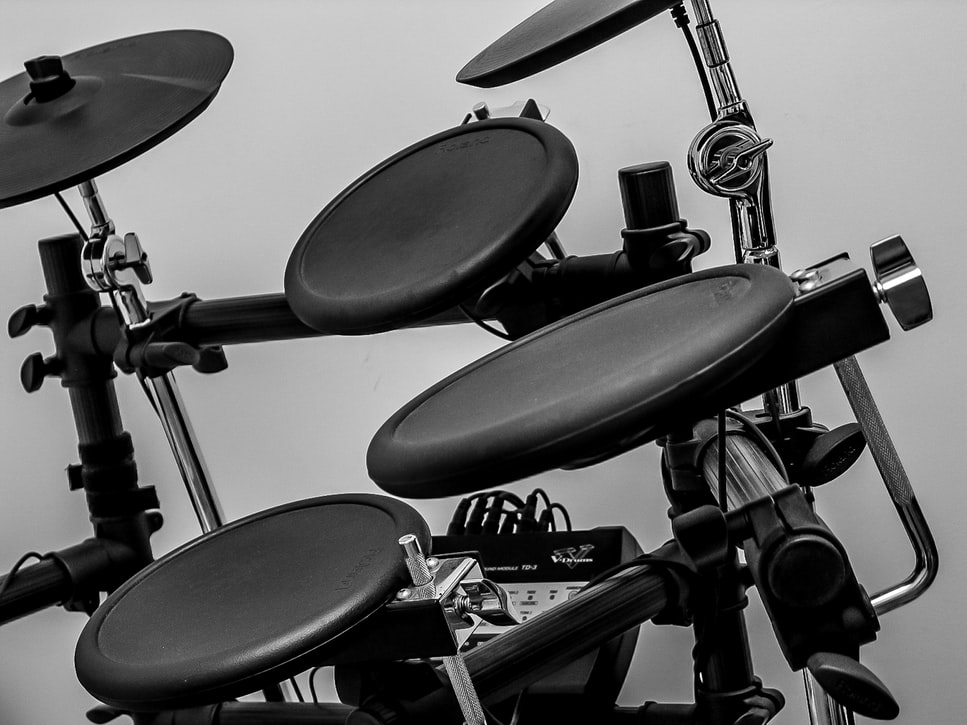
More cost effective: many budget entry-level electronic kits will be made up of rubber pads entirely. This helps to keep the overall cost down, as rubber pads are cheaper to produce than their mesh cousins. Some good examples of these types of kits are the Roland TD-1K, the Carlsbro Commander 130, and the Tourtech TT-12S. They’re all under £365, making them the ideal first set to kickstart your drum journey.
Compact design: rubber pads are generally a lot more compact. They feature a slimmer build, allowing you to easily fold them away on the rack systems that most electronic kits utilise. This makes them perfect if you need a kit with a smaller footprint that’ll fit into a small practice space, or one that can be easily packed away once you’re finished using it.
Lower quality feel: rubber pads do not feel as good to play as mesh heads, with a noticeably reduced rebound. This feel will also change depending on the exact rubber material itself, as well as the thickness and robustness of it. They are much harder too; some drummers complain of fatigue in their hands and wrists if they play for too long on a kit with rubber pads. If you’ve ever played on a practice pad, you should expect a similar experience when using rubber pads.
Mesh Heads
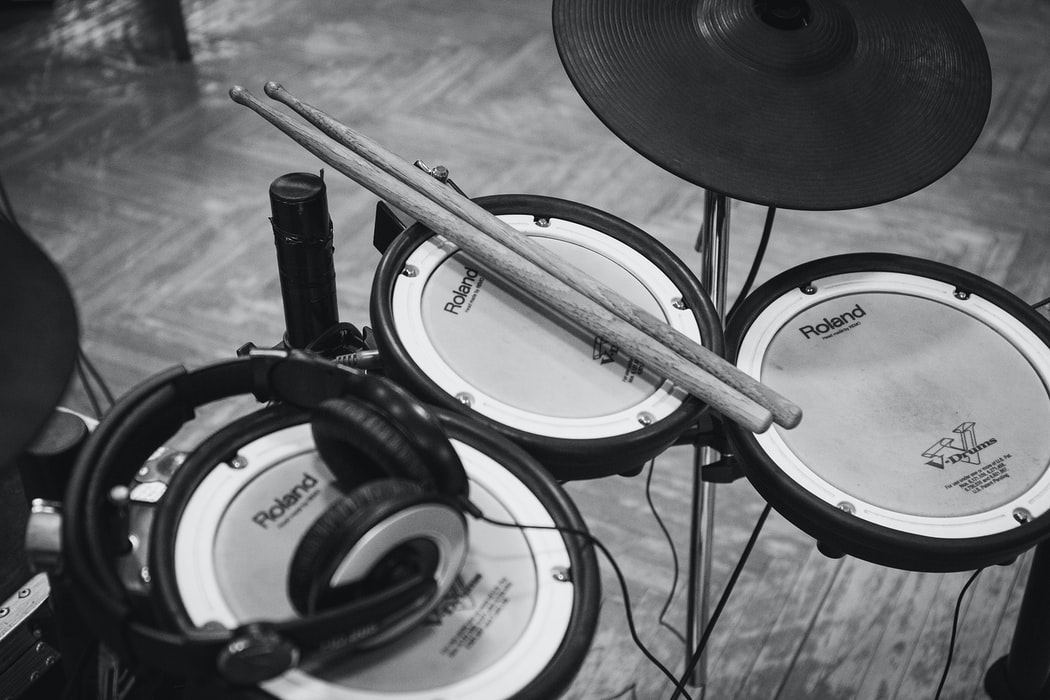
Improved playing feel: mesh heads emulate the response, feel and rebound of traditional acoustic drum skins a lot better than rubber pads. Many new electronic kits even have mesh heads that can be tweaked (tension-wise) to suit your preferred level of stick rebound, benefitting your own unique playing style in the process.
More accurate sizes: most kits with mesh heads are usually closer to the sizes of actual acoustic drums. This means they’re a good choice if you swap between an acoustic and electronic set regularly, as you won’t have to alter your technique or change your accuracy at all. It also means if you start out learning to drum using an electronic kit with mesh heads, you’ll be able to translate these skills more easily over to an acoustic kit at a later date.
High-end Engineering: many of the electronic kits with mesh heads feature far more advanced integrated technology. Every nuance of your playing with be picked up in far better detail – from ghost notes and rim shots, to cross stick. Improved dynamics once again mirror those that you’d find on an acoustic drum head.
More expensive: due to the material and technology itself, you should expect to pay more for a kit with mesh heads. However, you’re paying for a high-quality drumming experience in the process. You definitely get what you pay for if you decide to go for them!
Mesh Head Electronic Drum Kits





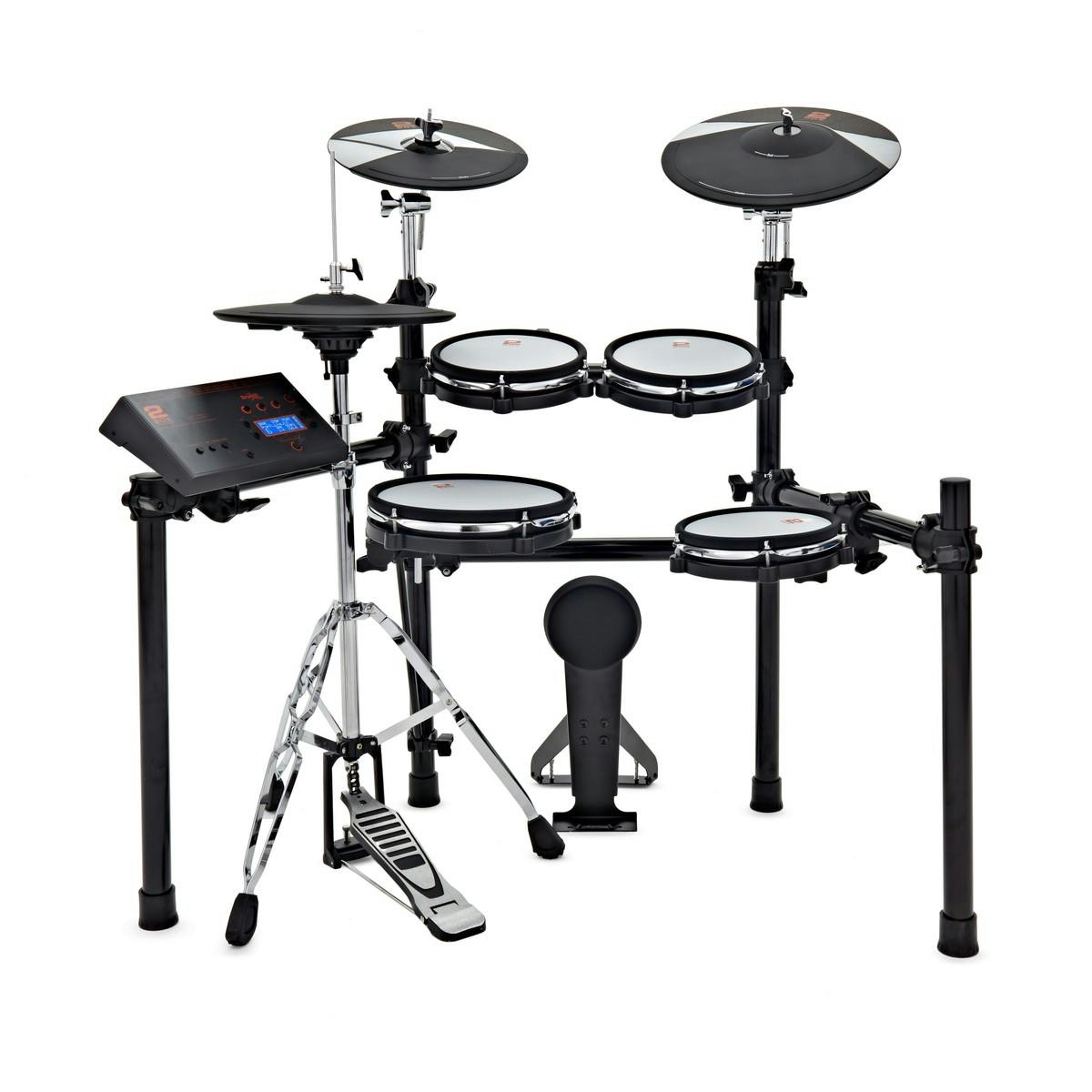
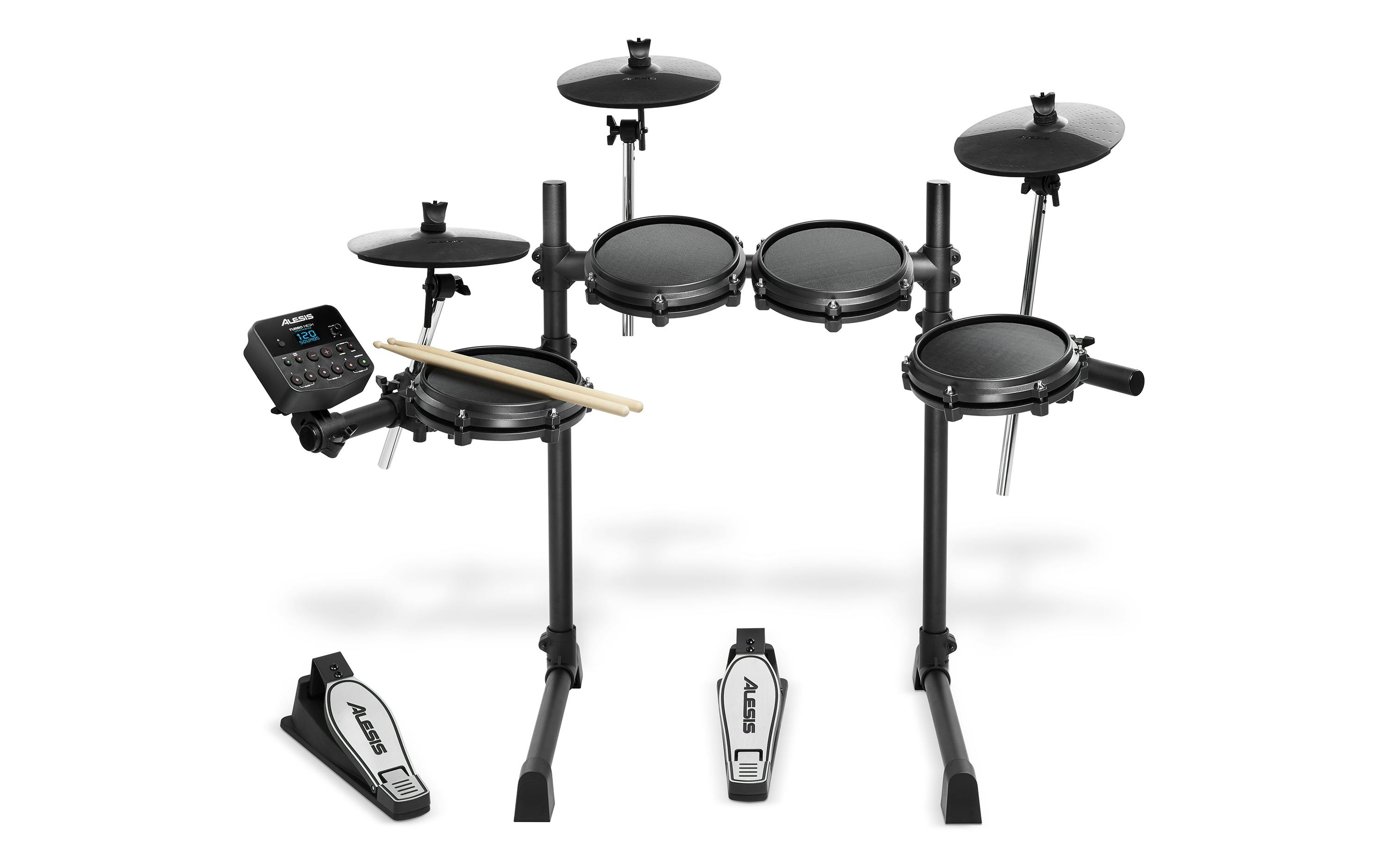

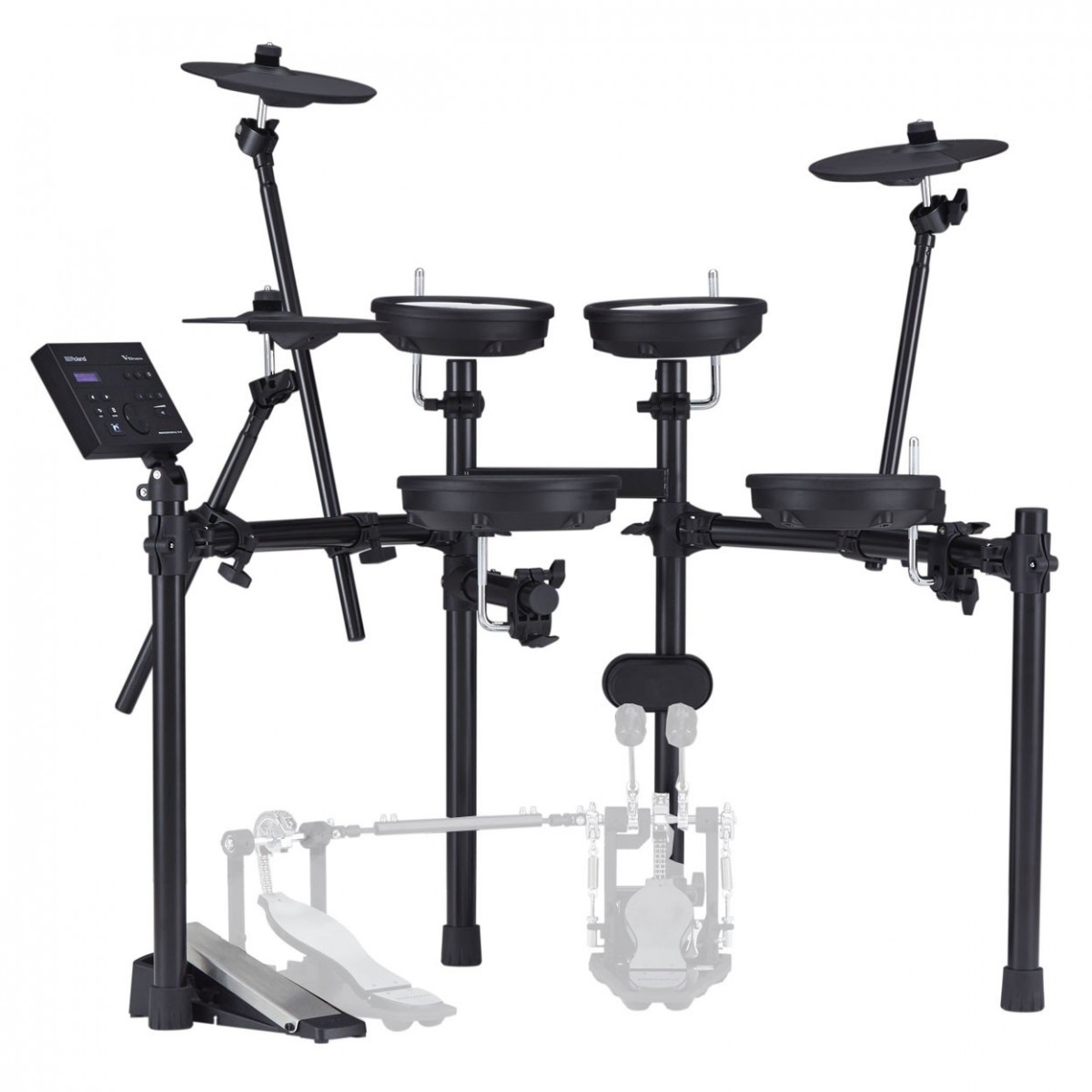

Responses & Questions